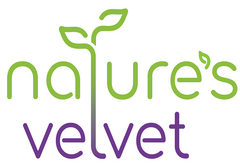Vitamin E 400 I.U For Skin And Hair Health (60 Softgels)
Vitamin E is a fat-soluble, essential nutrient with antioxidant properties. Vitamin E supplements have become popular as antioxidants *Nature’s Velvet Vitamin E acts as an antioxidant. Promotes immune function,
Helps in skin health
Vitamin E is best known for its antioxidant properties. It is added to the beauty products as it helps in protecting the skin. The fat-soluble antioxidant is important for maintaining healthy skin and a strong immune system.

Improve hair health
Vitamin E may be used to improve hair health and promote growth. It can help improving overall scalp and hair health.










